COVID-19 Impact on the Technology Sector: Measures to Take in 2022

Have you ever heard of a “Black swan” theory? This term is broadly used in a sphere of business, meaning unexpected events that have severe consequences and in hindsight explained as if they were actually predictable.
The term was popularized by Nassim Nicholas Taleb, a finance professor, writer, and former Wall Street trader. According to his theory, some of the most memorable examples of the Black Swan Events are the Global Financial Crisis of 2008 and the terrorist attacks of September 11, 2001.
Some people claim the COVID-19 pandemic is one of the Black Swan Event examples, too, as it wasn’t predicted in any way and caused catastrophic damage. Global markets and countries’ economies around the world were crumbling; the healthcare system could barely cope with the patients’ workload; small and medium businesses were struggling with organizing remote work and providing safe working places.
In 2022, after two years of relentless fighting against the virus, it’s still hard to tell whether we came back to normal or not and what is the new normal. What we can state for sure is that the world has dramatically changed towards something new but there is still no time to relax for everybody, including the government, businesses, and technology sector in particular.
So, in this article, we would like to observe which difficulties were witnessed by the technology industry during COVID-19, consider the impact (both negative and positive) that pandemic had on the technology sector, as well as explore measures tech companies took to stay afloat and accustom to new realia.
COVID-19 business challenges for tech companies
Many companies faced the problem of organizing and maintaining the working processes, as well as providing a safe environment for productive tasks performance in the terms of remote work. It’s worth mentioning that the industry also experienced the difficulty of hiring new specialists. This process was significantly slowed down by the crisis, which negatively affected the pipeline of hiring skilled workers.
With the rise of people working from home, a greater possibility of cyberattacks occurred. As teams had shared access to the documents and data that allows them to work on the same project from different parts of the world, they could endanger the company’s data security. For instance, team members might break authorization policies by forgetting to log out or accidentally sharing data with untrusted users, or providing access to private information through unsafe communication channels.
One more problem is the use of shadow IT. Employees tend to install suspicious apps and software that leads to data leaks. Unfortunately, it became a common thing during the pandemic. Users’ negligence regarding the seriousness of the organization’s security policy compliance can result in severe problems related to the finance and reputation of the company.
All in all, these difficulties made companies more flexible and attentive to details and showed the importance of spending more time on planning and strategy crafting.
Uncertain times present certain opportunities
To start with, the need for remote work helped to cut down some of the office maintenance expenses such as rent, light, heating, and so on.
The productivity and performance tracking was facilitated by various apps like Time Doctor, Desktime, or Harvest that allow executives to monitor the employees’ activity during the workday, observe how much time is spent on each task, and understand the workload of every team member more clearly.
Talking about sensitive data security, companies eventually took their time to explain to their employees the importance of following security policies although it was time and energy-consuming. This experience was valuable in terms of workers’ education and development.
Finally, we consider the spike in demand for the services delivered by the tech companies as the most remarkable positive impact of the pandemic. The rapid shift towards technology made the industry mobilize all the resources and use them in favor of innovations and improvement of existing achievements.
However, every coin has two sides. So, now let’s consider the non-positive aspects of COVID-19 faced by the technology companies.
The negative effect of the COVID-19 pandemic
It’s obvious that every company wants to increase the number of clients and, correspondingly, make more profit. However, not all companies are able to handle the coming workload as it happened during the COVID-19 while there was a rapid growth of demand from the healthcare sector, e-commerce, remote learning services, and so on.
The spiking demand for tech services made companies order supplementary resources, for example, new servers or data storage spaces. This resulted in additional expenses which should be constantly monitored and controlled to avoid unpleasant money-related situations.
Additionally, COVID-19 significantly changed the way working processes are organized. On the one hand, companies had to provide employees with all they need to make their work done: ensure that they have the required equipment, explain how the productivity management tool work, tell how vital it is to meet the compliance and security requirements, make sure that workers have the stable Internet connectivity.
On the other hand, employees who hold managerial and operational positions had to work in the office anyway, for instance, to control and support the server’s proper work and perform operational tasks. In this case, organizations need to provide them with masks and sanitizers, organize their safe check-in, measure the temperature, air the building, rearrange the workplace in a way that allows the team members to keep recommended distance.
Finally, lockdowns and international mobility restrictions caused disruptions in the supply chain from international partners, contracts’ slow renewals, and unexpected cancellations, as well as complications in access to data centers and operating centers when required.
COVID-19 lessons learned
Technology executives have survived the crisis, learned the essential lessons, and drew some conclusions to be ready for future obstacles.
There are some of the rules that companies now try to follow in order to stay afloat and succeed in uncertain times:
- Focus on ensuring access to operating and data centers anytime you need;
- Identify demand and supply-connected issues, pay attention to the development of inventory strategies in order to avoid volatility and risk;
- Drive technology adoption and innovation to be ready for the upcoming scenarios;
- Ensure remote workforce productivity by providing the employees with the needed tools and services;
- Articulate all the security policies to keep the companies sensitive data safe;
- Communicate clearly with stakeholders, document all the policies implemented in the company;
- Take advantage of all the possible opportunities (like subsidies from the government) and potential funding sources to support your business;
In the case of cloud resources usage, manage and optimize cloud costs by gaining greater cloud assets visibility to provide a stable workload and save money instead of wasting it.
To sum up
Tech companies have entered the New 2022 Year with the accumulation of knowledge that allows them to anticipate future steps and find opportunities in a post-crisis world.
Now the organizations are aware of the potential obstacles awaiting them and more focused on thorough data analytics for decision-making, risk management, providing uninterrupted functioning of every business unit with the help of new IT technologies, ensuring security measures, and staying at the top of their performance.
As the informational technologies sector’s role has never been more vital than today, one of the most significant long-term impacts on the IT sector was the focus on cloud services.
Companies prefer cloud technology as there is a need for ever-faster access to data and automation, as well as purchasing the storage, databases, power, and capacity. The cloud service vendors facilitate these tasks for the companies, compared to the times when organizations deployed on-premises software, purchased all the equipment, waited for its installation, and were responsible for every slight alteration within the cloud architecture.
However, it’s worth remembering that the increasing demand for cloud infrastructure services leads to the continuous growth of spending on cloud resources. That’s the reason why 61 percent of organizations plan to optimize the existing use of cloud and its cost, making this task the top initiative for the fifth year in a row.
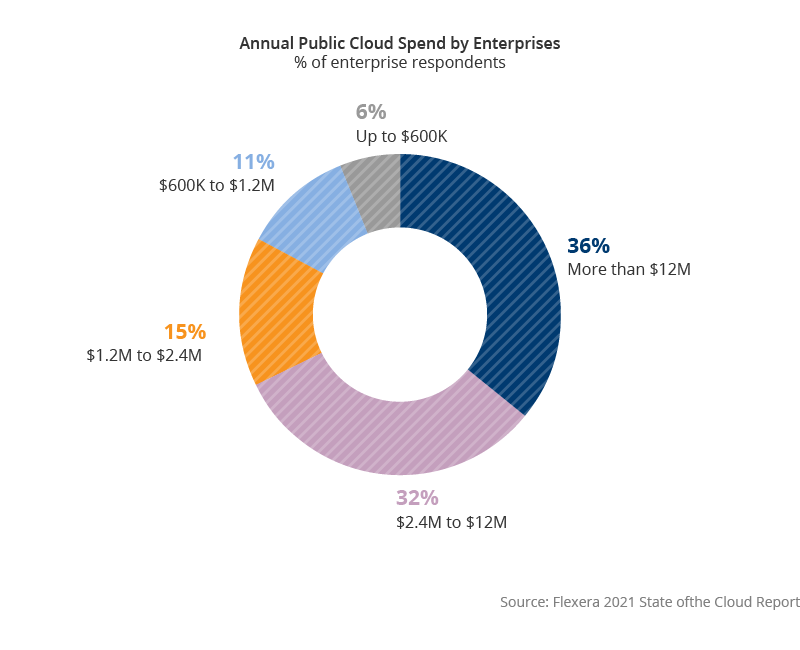
How Binadox can help tech companies
We are the Binadox team and our service makes asset management processes less painful and less time-consuming. We developed a Cloud and SaaS services management platform Binadox that facilitates cost monitoring and allows companies to reduce their cloud expenses.
Since 2020, we released various features that simplified companies’ lives at the time of the COVID-19 virus outbreak. Broadly speaking, we help companies to optimize their cloud costs and get a granular view of their cost-generating cloud resources.
Specifically, with cloud management platform Binadox you can:
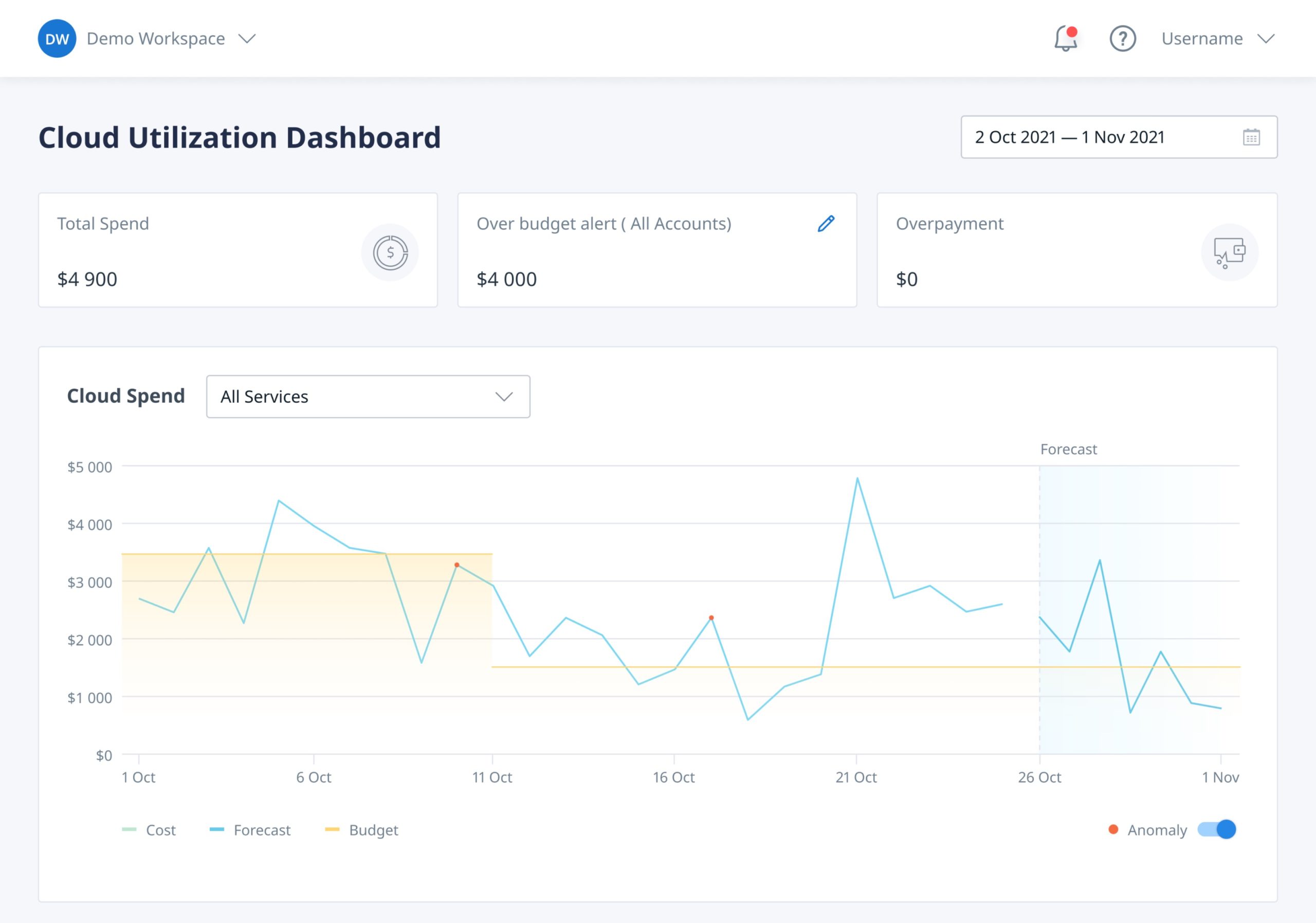
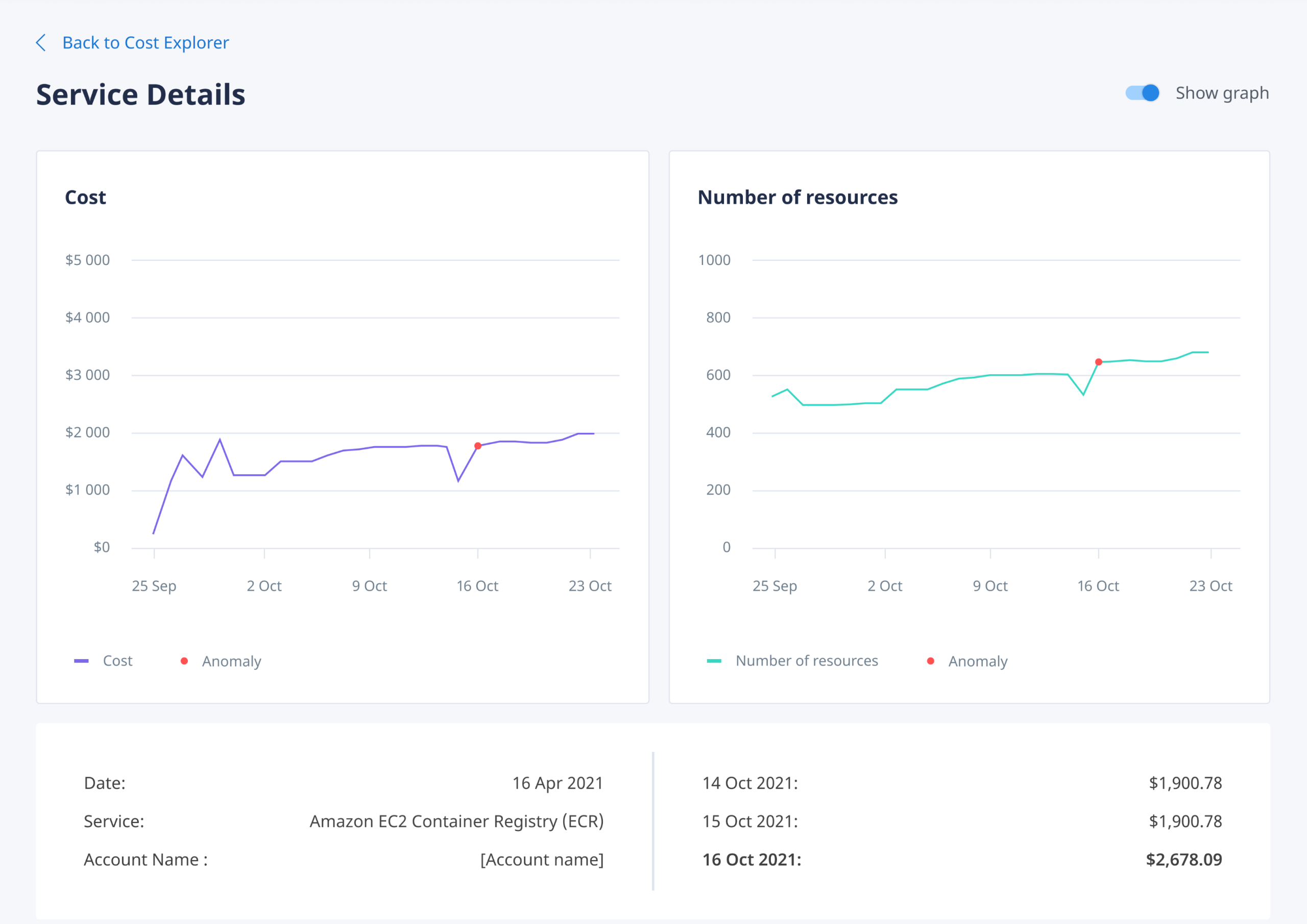
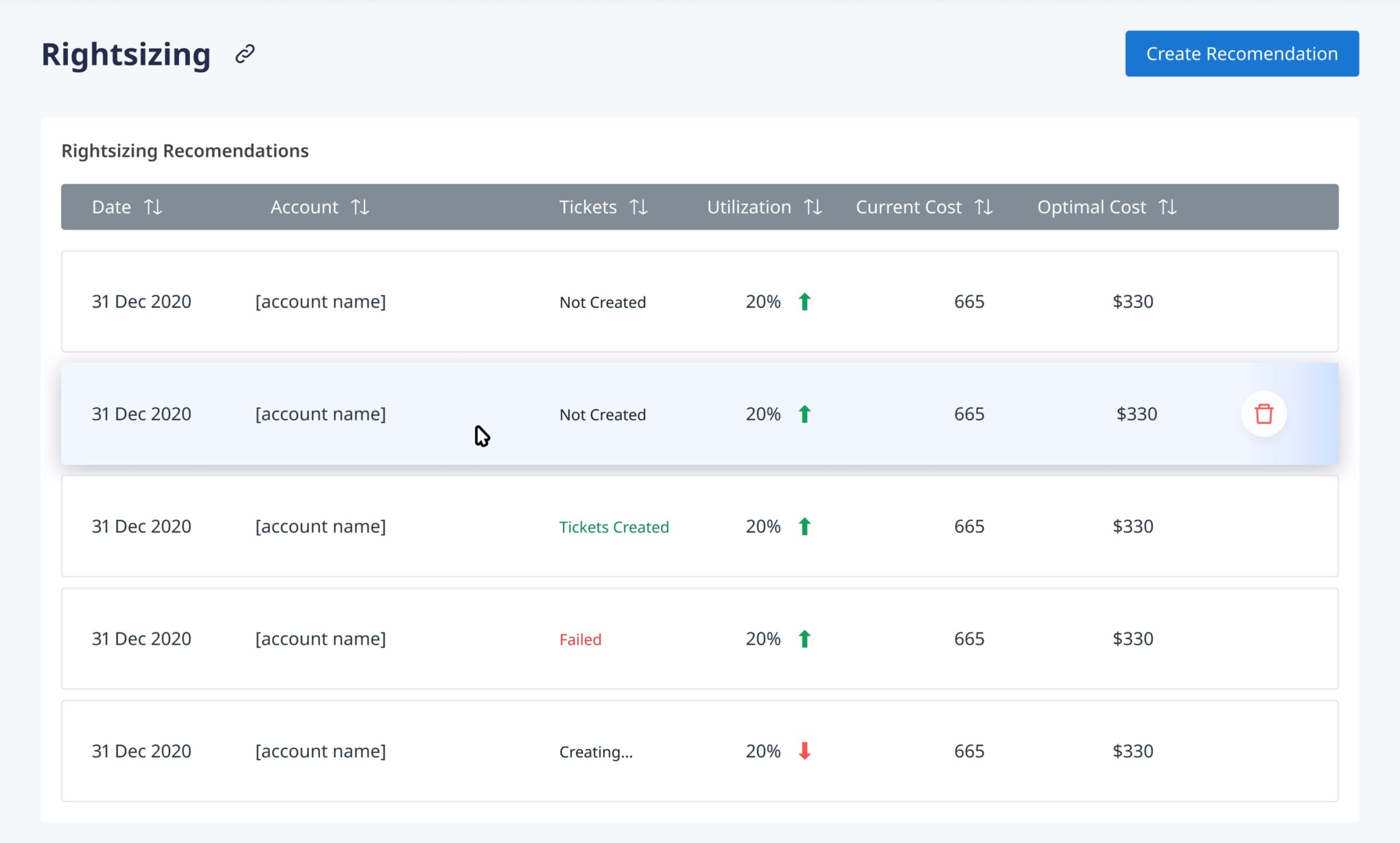

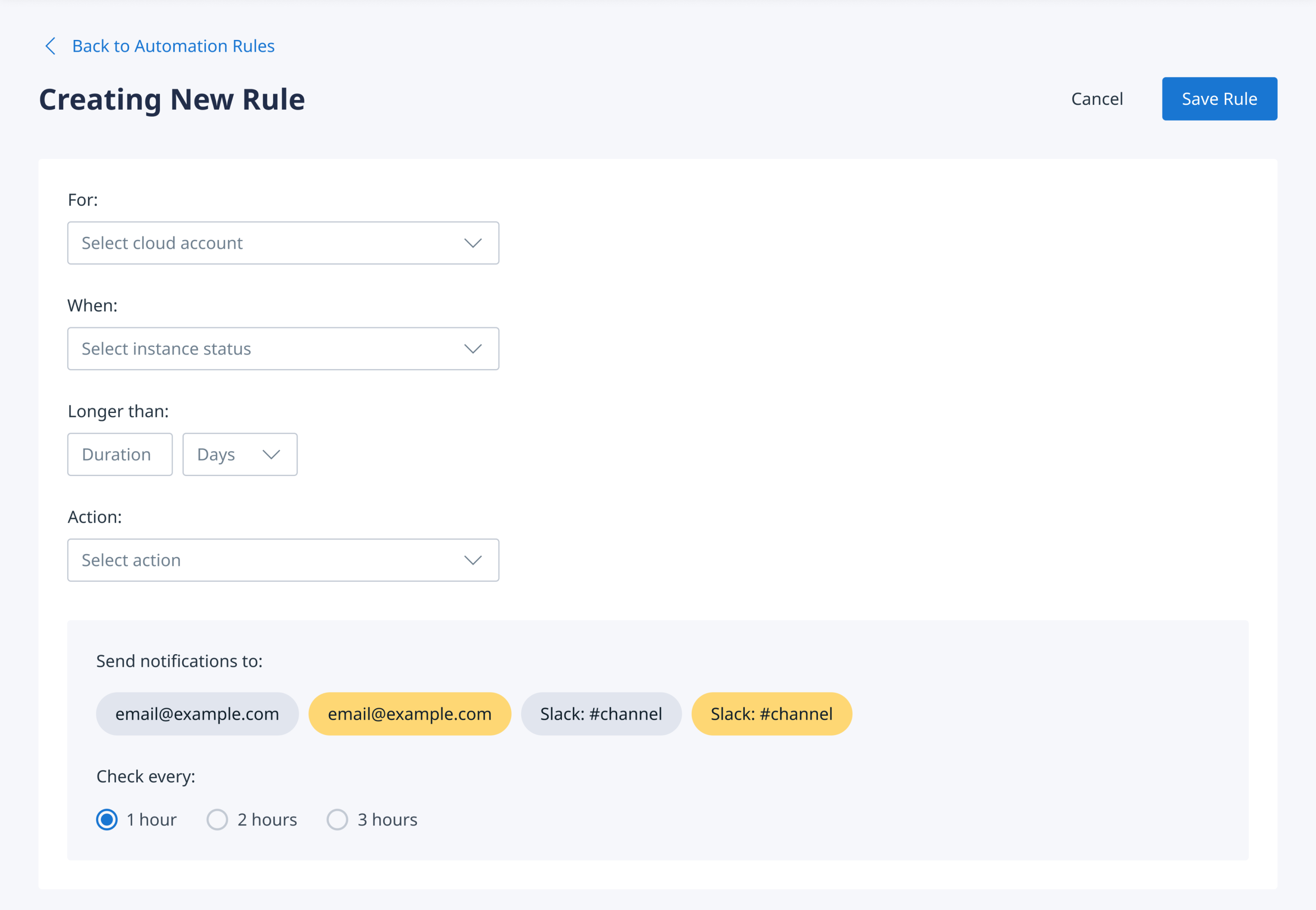
Sign up for a free trial or book a demo and we will do our best to help your company to work through today’s challenges.